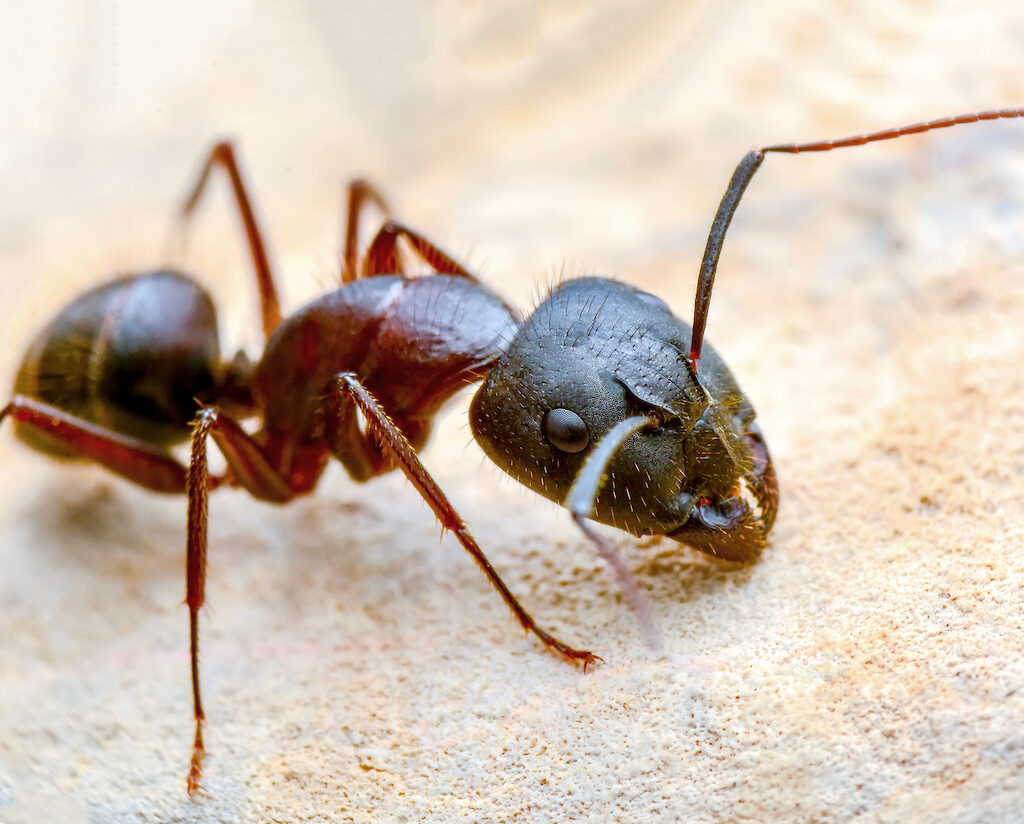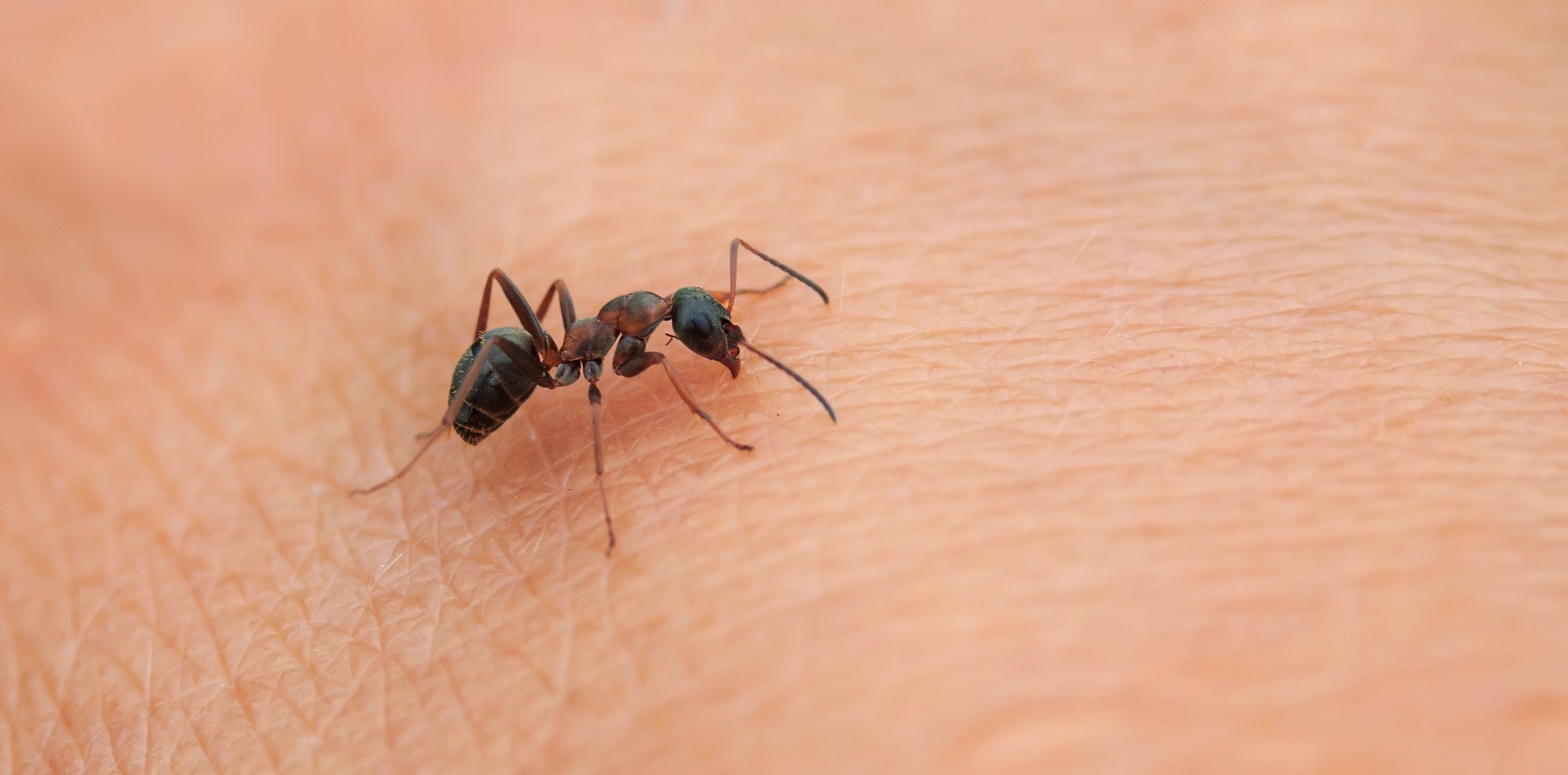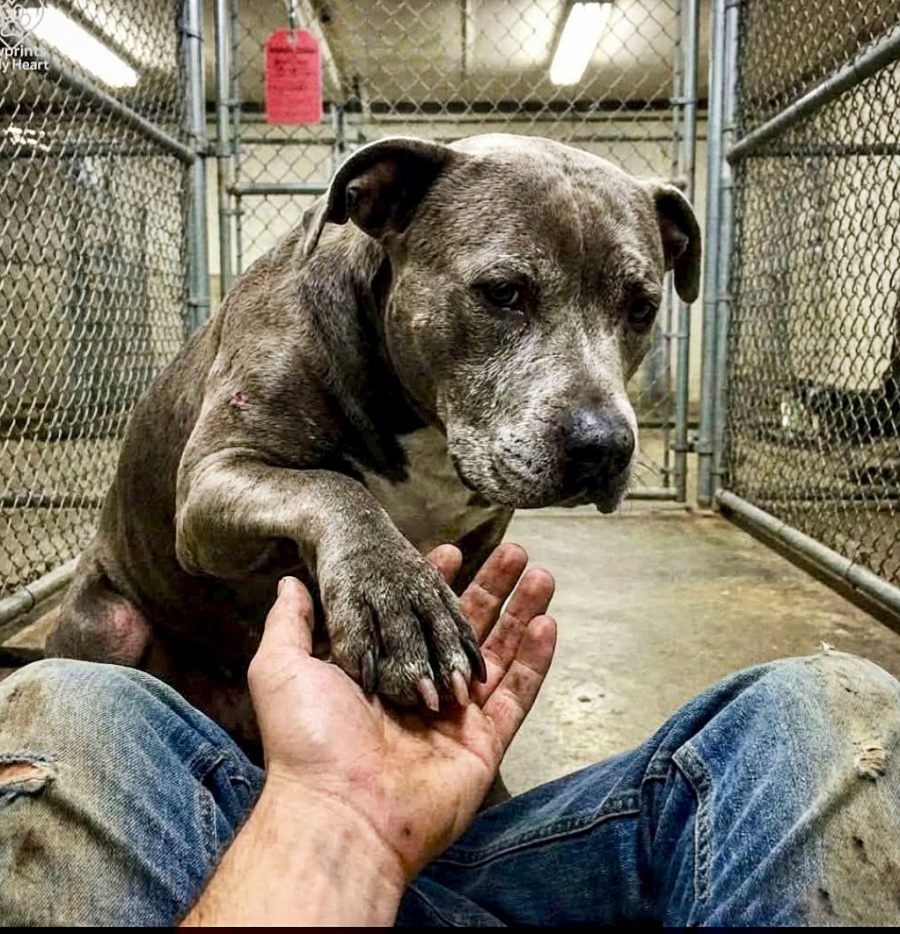
Fire ants are a type of red ant. Bites from a fire ant typically cause instant, intense pain. The pain quickly gives way to itching and skin irritation that lasts from a few hours to a few days.
Although it looks as though fire ants bite when they attack, the correct term to use is “sting.” As a result, we will use the word sting instead of bite in this article.
For most people, fire ant stings are little more than an inconvenience. However, some stings can produce intense pain and itching.
Stings can be life threatening for people who are allergic to the venom of fire ants. A single sting can produce symptoms of anaphylaxis in just a few minutes.
Read on to learn more about fire ants, what to look out for, and when to get medical treatment.

What are fire ants?


Share on Pinterest
David Smart/Stocksy
The term fire ant refers to several species of stinging ants. Two imported species that cause problems in the United States are:
Solenopsis invicta
A native of South America, Solenopsis invicta has colonized at least 13 states in the U.S. These are mostly in the southeast. Less than half an inch long and red to brown in color, the species is commonly known as the red imported fire ant.
Red fire ants build mounds around 18 inches wide. These mounds are often found in grass or lawns, garden beds, driveways, and other areas with ready access to food. They eat animals and a wide array of fruits and vegetables.
These ants use their venom to stun their prey, allowing large groups of fire ants to overcome much bigger animals quickly, such as box turtles.
Solenopsis richteri
Also a native of South America, Solenopsis richteri is commonly known as the black imported fire ant. Black fire ants are only found in a few states in the Gulf Coast and southeast, including Texas, Mississippi, and Alabama.
Black fire ants also build mounds. Theirs tend to be much larger than red fire ant mounds, often measuring several feet tall. These ants are almost identical to their red cousins in size and shape but are black or dark brown rather than reddish-brown.
Both species aggressively defend their mounds, stinging intruders in large groups. Stings are common among gardeners, playing children, and pets. Ants typically continue attacking until their victims leave the mound. Most people are stung on their legs and feet after stepping on a mound.
Unlike many other species of stinging and biting insects, ants can sting multiple times. A single worker ant will sting multiple times while attempting to defend its mound.
Symptoms of fire ant stings
In most people, stings produce minor skin irritation.
However, an older studyTrusted Source of fire ant venom identifies at least 46 proteins and suggests the venom contains poison that affects the nervous system. This may explain why some fire ant sting victims report hallucinations and similar symptoms, particularly after a large number of stings.
A fire ant sting often begins with an intense pinching or burning pain immediately after the sting. This pain is short-lived, lasting anywhere from seconds to a few minutes.
Next comes itching or burning that may be mild or intense. The itching tends to get stronger over the next few days. Most stings heal on their own without treatment.
Fire ant stings produce a mark that sets them apart from other insect stings. The wounds are pus-filled blisters that are round and may look like pimples.
As fire ants attack their victims in groups, the stings often come in clusters. Blisters appear quickly, usually within 20 minutes of a fire ant attack.

Allergic reactions to fire ant stings
The blisters that develop after fire ant stings are allergic reactions, but some people develop more severe reactions. The areas immediately surrounding the sting may swell, burn, or itch.
Anaphylaxis is less common but can be life threatening. People with severe allergies to fire ant venom typically develop symptoms within a few minutes after being stung.
The following symptoms need emergency medical help:
- trouble with breathing
- dizziness
- swelling of the tongue or throat
- confusion
- loss of consciousness
If left untreated, these allergic reactions can cause the body to go into shock.

Home remedies for fire ant stings
Most people do not need medical treatment for fire ant stings. If breathing is regular and the sting victim is not known to have a serious ant sting allergy, the following home remedies may be effective:
- applying cold compresses to reduce swelling — 20 minutes on, 20 minutes off
- using a hydrocortisone cream on the skin to relieve itching
- taking an antihistamine to manage minor, localized allergic reactions and itching
- applying a triple antibiotic ointment to the sting to help prevent infection in stings opened by scratching
- taking an oatmeal bath to reduce itching
It is important to resist the urge to scratch the stings. Scratching can open the blisters and cause infection.
Many of these treatments are available for purchase over the counter or online, including hydrocortisone cream, antihistamine, and triple antibiotic ointment.
Medical treatment for fire ant stings
Breathing difficulties, changes in consciousness, and severe swelling within an hour of the sting require emergency medical care. Emergency treatment with epinephrine can reverse the reaction.
After an anaphylactic reaction to fire ants, some doctors recommend carrying an EpiPen. A person can use these home devices to inject epinephrine immediately after a sting. They can be lifesaving in the event of another allergic reaction or when a reaction occurs in an area where medical help is not close by.
If the symptoms of a fire ant sting do not go away after a few days, medical treatment may be necessary. This is also the case if there is swelling, intense pain, or spreading redness on the skin. Depending on the symptoms, a doctor may recommend hydrocortisone cream or hydrocortisone injections. Infected stings may require antibiotics.
Fire ant sting prevention
The following steps can help prevent fire ant stings and reduce their severity:
- moving out of an area immediately if stung by a fire ant or fire ants are found on the body
- wearing protective clothing, such as thick socks and boots, while working outdoors
- avoiding work in or around fire ant mounds
- using insect repellents designed to deter fire ants (a range of products is available for purchase online)
People should not stomp on fire ant mounds, even when wearing protective clothing. Disturbing mounds in this way can provoke an attack.
It is also important to check for fire ants indoors. Fire ants sometimes move inside to escape extreme weather conditions. If fire ants are indoors, homeowners should consider seeking help from a pest management company.

Fire ants, children, and pets
Children and pets are more at risk from fire ant stings since they are unaware of the dangers of fire ant mounds. Pets may also bring fire ants inside on their fur after a fire ant attack, which can place owners at risk from attacks.
Parents and caregivers should talk with children about the dangers of fire ants and show them what fire ant mounds look like. They should teach children to brush off fire ants as soon as they find them crawling on their skin.
Removing visible fire ant mounds and gating off areas where fire ants live can help protect pets. If fire ants attack a pet, it should be moved away from the ants as soon as possible.
Ants should be removed by hand. Spraying the ants with water may cause them to latch on with their jaws. This can be frightening to a pet experiencing an attack.
Summary
The term “fire ants” refers to several species of stinging ants. Red fire ants and black fire ants are found in some areas of the U.S.
The sting from fire ants can produce intense pain and itching. Some people may have allergies to fire ant venom and may need emergency treatment, as a single sting can produce symptoms of anaphylaxis in just a few minutes.
People should avoid fire ant mounds, even when wearing protective clothing. If fire ants are in a person’s home, they should seek help from a pest management company to remove them.

Beware of dermatitis caused by ants
After being bitten by ants, many people have contact dermatitis with symptoms such as itchy skin, blisters, skin ulcers or pain, burning on the skin,… Therefore, each person needs Pay attention to this disease-causing insect.
1. Three-compartment ants have toxins that cause dermatitis
The three-cavity ant is an insect that has existed in our country for a long time. They often live in areas of rice fields, orchards, under trees in the forest edge, along streams or landfills, construction sites, etc. This ant often appears and reproduces at the beginning of the rainy season when high humidity. They like the light at night, so they often fly into the house when the lights are on.
1.2 Toxins of ants causing contact dermatitis In the body of ants, there is pederin toxin (also known as cantharidin, an alkaloid), which protects ant eggs when laying from being attacked by other organisms. peacock, eat eggs. Three compartment ants often fly into the house, land on clothes, towels or bedding, blankets, … When human skin comes in contact with their secretions through the above items or accidentally kills the three compartment ants, it will cause damage. Toxins secreted out, stick to the skin, causing irritant dermatitis. If you don’t wash your hands right away, you can accidentally make pederin toxins stick to many other places on the body, causing widespread dermatitis.
2. Symptoms of skin inflammation caused by ants
Red streaks, background slightly raised in the direction of red streaks, about 1 – 5cm long, about 3 – 10mm wide, on which there are blisters and blisters in the middle, there is a slightly concave area like an object round or oval shape, local burning sensation; Some people have fever, malaise, fatigue, and swollen lymph nodes in the area corresponding to the affected area; If the hands are contaminated with pederin and then touch the eyes, it can cause swelling of the eyelids, burns of the eyes, conjunctiva, cornea or retina,…; If the lesion is extensive, the patient may have fever, neuralgia, joint pain, vomiting; Some people have symmetrical lesions on both sides of the groin or on the elbows. If left untreated, the infection can progress to an ulcer. Skin sores come in many different shapes. Later, the sores, pus burns will scab, gradually dry. When the scabs fall off, they will leave dark marks on the skin.

3. Direction of treatment of contact dermatitis caused by ants
Wash the damaged area with physiological saline solution or clean water to help neutralize chemicals that cause burns caused by insects; Use mild antiseptic and skin soothing solutions such as zinc oxide, jarish solution, antibiotic ointment,…; If there is a lot of pus and pain, the patient can use antibiotics, synthetic antihistamines, pain relievers or systemic corticosteroids; In mild cases, patients may recover on their own without treatment. *Note:
Many patients with contact dermatitis caused by ants have arbitrarily used folk remedies such as applying leaves, grinding rice and green beans to apply water or buying medicine to treat shingles (because of the same symptoms). skin burning, blistering). There have been cases of applying acyclovir to allergic wounds, causing skin ulcers, severe skin lesions and hospitalization for treatment. This is especially dangerous for young children because their skin is fragile and easily damaged.
If the skin area bitten by ants is blistered, inflamed, you should immediately go to a medical facility for a doctor to examine and use appropriate medicine, do not buy treatment on your own because in topical medicines there are contains corticosteroids, antitoxins, … so it needs to be prescribed by a doctor to be used. If treated correctly, it will be cured within 1 week. If treatment is late or wrong, the damage will spread, cause skin ulcers, difficult to treat and last longer.

4. How to prevent the risk of exposure to ants?
Design window screens or close windows when it rains in the evening, be careful when working under lights; Clean up piles of construction materials, grass or garbage around the house; When working under the light, avoid the reflex of wiping your hands if you feel insects falling on your face, neck,…; At night, before taking a bath, pay attention to shake off the towel before use; In the rainy season, avoid flying insects into the house by spraying insecticides that are not harmful to users’ health; Wear long-sleeved clothes when going out, especially near fields, construction sites, residential areas with lots of lights; If insects are found, avoid direct contact but try to drive them away so that they do not come into contact with the skin; When there is a burning sensation in an area of skin, you can wash this skin area with dilute salt water, soap, … to avoid water burns, pus burns. Tripod contact dermatitis is a common, seasonal form of dermatitis. Although not dangerous to health, this condition causes discomfort and anxiety for patients. Therefore, each person needs to actively prevent three compartment ants to avoid facing the risk of skin inflammation.
Why Yogurt Isn’t Only Good for Your Gut But Also for Your Skin

Greeks have long been in search of the fountain of youth, and it comes as no surprise that for centuries now, they have been boosting their skin care routine with the very same item that we have in our refrigerators: Greek yogurt.Regarded the world over as a superfood, Greek yogurt boasts two and a half times the amount of protein in regular yogurt. Protein, whether in the skin products we use or in our diet, helps in repairing skin tissues, making it more radiant and young-looking. “By boosting your skin care routine with protein-rich Greek yogurt, you deliver the same benefits to your skin that protein delivers to your body—helping to nourish, strengthen and repair,” says Lena Korres, co-founder of Athens-based natural brand, Korres.Yogurt, whether the Greek or regular kind, also contains lactic acid, an organic compound that aids in diminishing the appearance of wrinkles and fine lines by tightening and shrinking pores. It also has exfoliating properties that transform your skin from being dry and dull to lighter and softer. Rich in vitamin B, yogurt comes packed with 20 to 30 % of the daily-recommended value of riboflavin that keeps skin glowing and hydrated and aids in cell-growth and regeneration.
Stayed too long under the sun? Use plain yogurt to help soothe inflamed skin. The probiotics in yogurt calm the skin by promoting cell-renewal repairing the lipid barrier in dehydrated skin. While essentially good for all skin types, a yogurt-infused skin care routine is particularly beneficial for those with oily skin or those prone to breakouts because its zinc content regulates oil production and works as a mild astringent. It also carries anti-bacterial and anti-fungal properties.
As the old saying goes, “you are what you eat,” and including yogurt in your diet improves your metabolism and balances the good bacteria in your system, preventing breakouts even for those with skin conditions like rosacea and eczema. Meanwhile, adding yogurt to your skin care regimen helps moisturize your skin and delay the signs of aging.
Ready to start on an even more delicious skin care routine? Here are the top yogurt-infused products that Dermstore loves!





















:max_bytes(150000):strip_icc():focal(1179x305:1181x307)/Tiffany-Trump-Wedding-111222-0a0a2f7c71e24483821c79e527d7cdc6.jpg?w=1200&resize=1200,0&ssl=1)




















